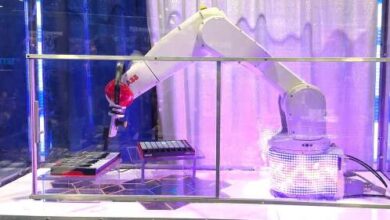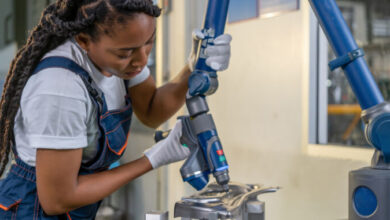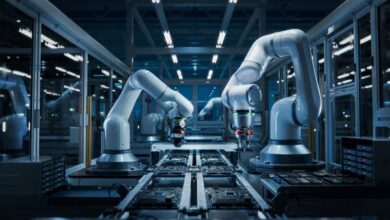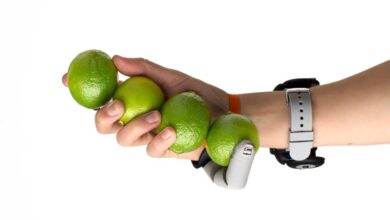AI-Vision Software Resolves Complex Robot Tasks

The fast advance of robot vision capabilities may makes it appear that these technologies have resolved all of the work cell issues that can impact reliable and accurate robot movements. But these technologies, as advanced as they appear, still have many obstacles to overcome to become more ubiquitous throughout industry.
Microspi Industries, a supplier of AI-vision software for industrial and collaborative robots, is focused on an addressing these issues and can now resolve a number of them with its release of MirAI 2, the company’s latest generation of its AI-vision software for robotic automation. According to Micropsi, MirAI 2 comes with several new features (details below) to “reliably solve automation tasks with variance in position, shape, color, lighting or background.”
“We’ve let our most demanding automotive OEM customers drive the requirements for this version without sacrificing the simplicity of the product,” said Ronnie Vuine, founder of Micropsi Industries. “It still wraps immensely powerful machine learning in a package that delivers quick and predictable success and is at home in the engineering environment it’s being deployed in.”
How it differs A key aspect of the MirAI 2 technology that sets it apart from traditional robot vision systems is its ability to operate without relying on CAD data. Instead, it uses data captured by the camera from the actual operating environment.
Matt Jones, vice president of sales and operations at Micropsi explained that, with robot picking/placing applications, for example, there can be a lot of variation the robot has to deal with, such as changing positions or changing backgrounds behind the object to be picked.



